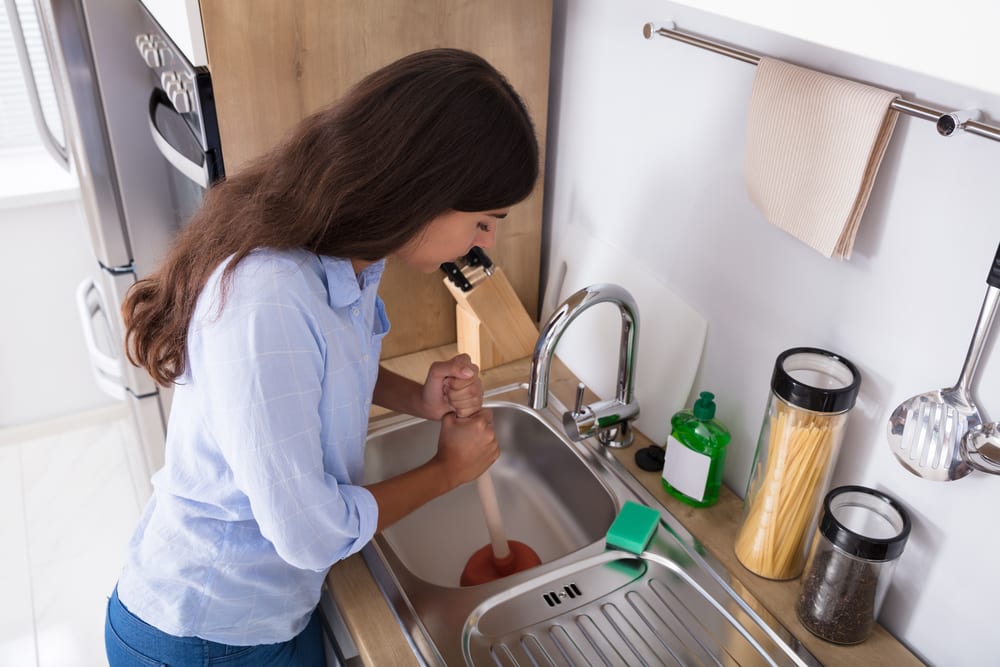
The kitchen is the most widely used space within a home, serving as the ideal location for meals, gatherings and chores. Since the kitchen is a heavily utilized area of your house, it is not uncommon for kitchen plumbing issues to form, such as clogged kitchen sinks, malfunctioning dishwashers, and odors.
Problems that go unaddressed too long could cause structural damage so it is important to remedy kitchen plumbing problems as soon as they are detected. This guide outlines the most common kitchen plumbing problems and how to fix them.
Table of Contents
Types of Kitchen Plumbing Issues
Clogged Kitchen Sinks
If you notice water below the sink in your kitchen, this issue may be caused by a blockage in your drain. If your kitchen sink is clogged, do not use a chemical drain cleaner to eliminate the blockage. These chemicals are corrosive and will cause damage to your water and sewage pipes. Instead, use a plunger to remove the food scraps or objects from the kitchen drain. Begin by filling your sink with a few inches of water to ensure your plunger get a good seal.
Hold a wet towel firmly over the unused drain to prevent it from splashing. Next, carefully use your plunger to loosen the blockage in the drain line. If the clog is unable to be dislodged using a plunger or snake, the cause of the clogged kitchen sink may be in the P-trap or trap arm. To fix this kitchen plumbing issue, you will be required to disassemble the P-trap to manually eliminate the blockage.
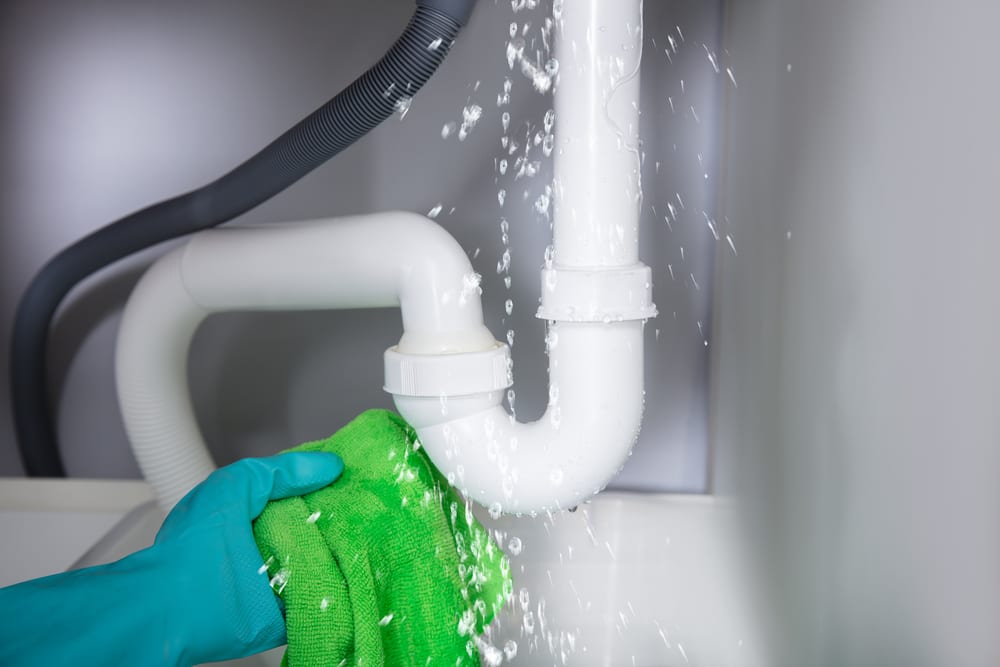 Leaky Kitchen Sinks
Leaky Kitchen Sinks
To pinpoint the location of a leaking kitchen sink, begin by drying all supply pipes with a dry cloth or paper towel. Next, apply a dry paper towel to each pipe and fitting. Once the paper towels are attached to each fitting, activate the kitchen sink for a couple of seconds. This will allow you to discover the exact location of the sink leak and replace or tighten fittings.
If you’ve tried to loosen pipe fittings under your leaking kitchen sink and have failed, this may be an indicator of pipe corrosion. Though this may complicate your plumbing procedure, you might be still be able to fix the leak on your own using pipe lubricant or a plumber’s candle and a few solid wrenches. Are you unable to remove damaged pipe fittings or cracked pipes? We recommend calling an emergency plumber in your area to receive help with your kitchen sink leak.
Tips & Insights: Top Reasons Your Water Heater is Creating a Popping Sound
Malfunctioning Garbage Disposals
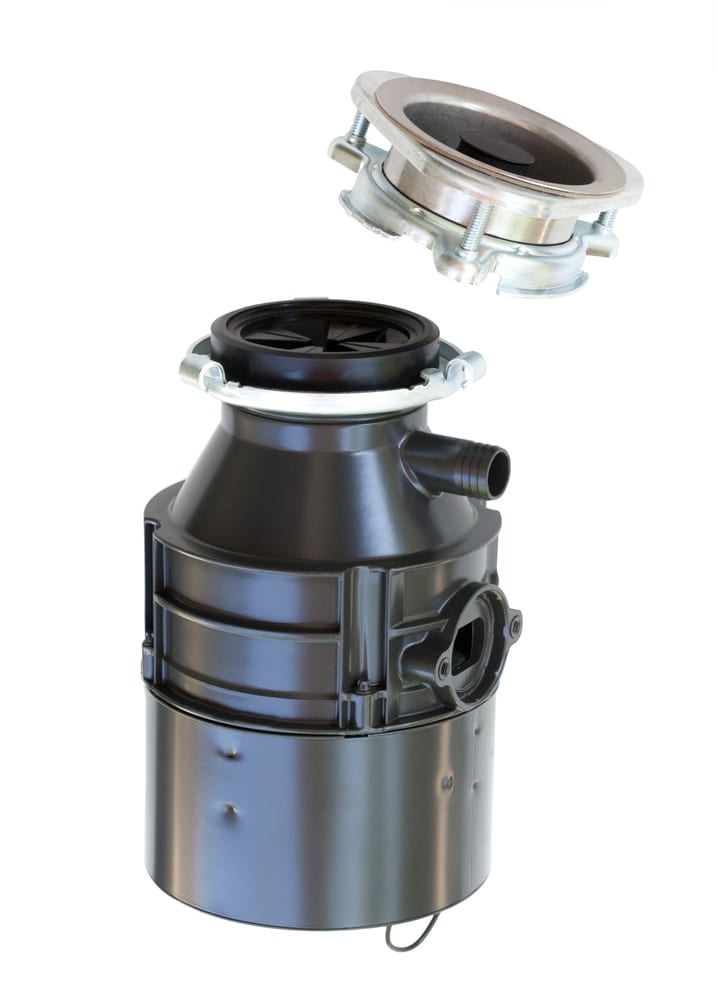 Clogged Garbage Disposals
Clogged Garbage Disposals
An ordinary kitchen plumbing issue is a jammed garbage disposal. There are many things that can cause a garbage disposal to jam including avocado skins, bones or pieces of glass. If this is the case with your disposal, then you will have to dislodge the blockage from the motor using an Allen wrench to manually turn the blades. If your unit does not have an Allen wrench socket, you can use a broom handle or other tool, but never use your hands to avoid injury.
Some garbage disposals also have a reset button that will need to be pressed before the unit will function again. The reset button is usually located toward the bottom of the unit. If your garbage disposal still won’t turn on after the reset button has been pressed, it may be time to replace the unit as the motor is likely burnt out.
Garbage Disposal Leaks
If your garbage disposal is leaking, this kitchen plumbing issue may be due to worn out gaskets. Though these leaks are fairly easy to locate and remedy, leaks from within the garbage disposal would require replacement of the entire unit.
Noisy Garbage Disposals
Noisy garbage disposals are often an indicator of loose mounting screws or other damaged components. Though you can do your best to tighten up the mounting screws to fix this kitchen plumbing issue, many other components cannot be tightened or replaced. If the noise is caused by worn-out blades or flyweights, it may be time to replace your garbage disposal.
Tips & Insights: Electric Water Heaters Vs Gas Water Heaters: Advantages & Disadvantages
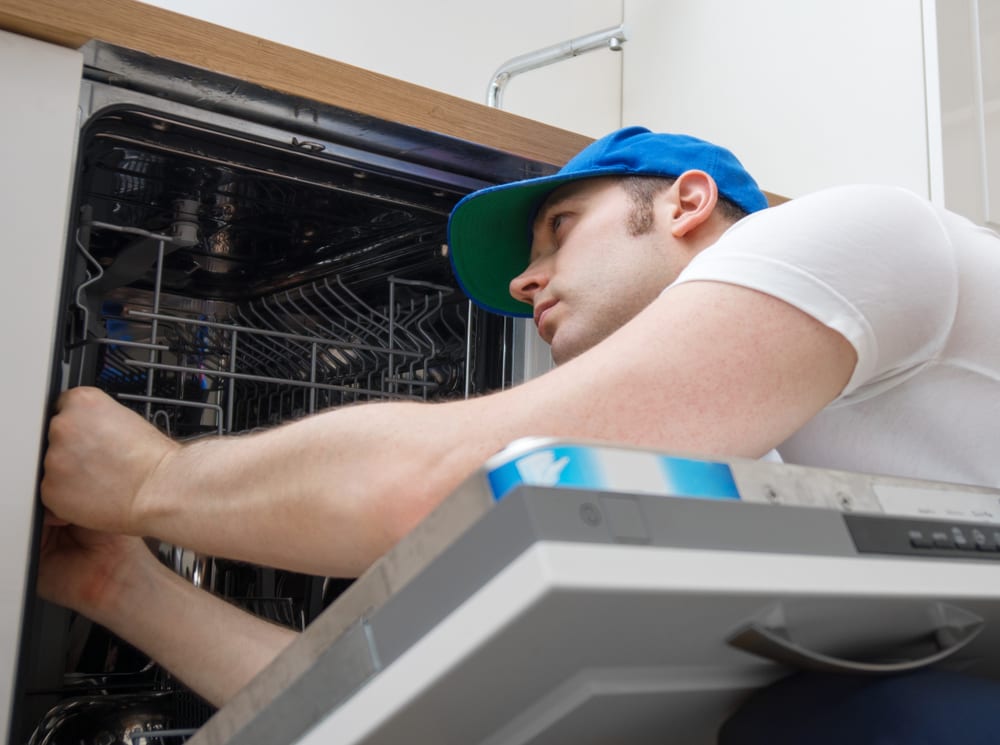 Dishwasher Is Receiving a Minimal or Excessive Amount of Water
Dishwasher Is Receiving a Minimal or Excessive Amount of Water
If your dishwasher is getting power but won’t fill, there could be a problem with the water supply system or a malfunctioning float. Once a float becomes damaged, the water will begin to drain too quickly from the dishwasher. The first cause of this kitchen plumbing problem may be a disconnected hot water supply line. Perform an inspection of the hot water supply below your kitchen sink to confirm if it is connected properly.
This issue is most likely caused by your machine’s float or the part of your dishwasher that regulates water levels. Check the float near the front of the dishwasher on the base by lifting it up and down. You should hear a clicking noise by lifting the float which indicates that the piece is functional. Clean the float and the tube then replace all parts to see if the problem has been resolved. A faulty float could also prevent your dishwasher from ceasing the fill cycle. It could also be a problem with the timer or the water inlet valve. You can use an inexpensive multimeter to check these electrical problems.
Clogged Dishwasher Drains
If there’s an abundance of water left in the dishwasher base after the wash cycle has finished, there is likely a clog somewhere in the system. This can cause kitchen plumbing problems with the cleanliness of the dishes and should therefore be fixed as soon as possible.
Begin by removing the air gap cover from the back of the unit and the strainer from the base, then clean thoroughly. If this doesn’t fix the kitchen plumbing problem, there may be a clog in the drain line. Unfortunately, this issue can only be fixed by removing the dishwasher from the cabinet and dismantling the drain pipe behind the unit. In some cases, the drain line valve may need replacing.
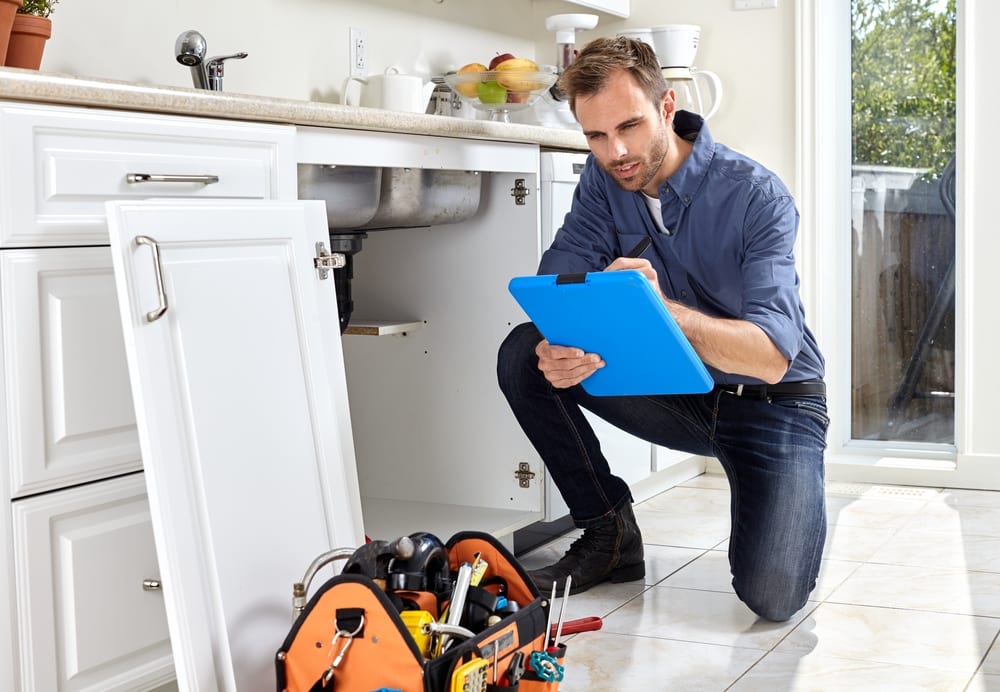 Whether designing a new kitchen or repairing problems with an existing system, knowing your way around your kitchen’s plumbing is vital to its functionality. If you are having issues with the plumbing in your kitchen, give our team a call by phone at (904) 217-5694 to receive emergency assistance.
Whether designing a new kitchen or repairing problems with an existing system, knowing your way around your kitchen’s plumbing is vital to its functionality. If you are having issues with the plumbing in your kitchen, give our team a call by phone at (904) 217-5694 to receive emergency assistance.
Fenwick Home Services provides plumbing repair services to homes such as water line repair, sewer line installation, water heater repair, and sump pump replacement. Our team of licensed plumbers has been providing fair and safe plumbing services in Florida for nearly 30 years.
Tips & Insights: Common Signs of Furnace Short Cycling Issues & Ways to Fix

